Rising from the heart of Tularosa Basin, the White Sands National Park is visited by over 700,000 people each year. Across its large chalk-colored gypsum dunes, people leave their footprints in the sand, which was once home to a lake called Lake Otero. Thousands of years ago, early humans dipped their feet in this lake, and animals like camels, elephants, and giant sloths roamed around, pressing their feet in the sands. Over the years, these footprints got layered by sediments and became fossilized into rocks. In 2021, some researchers investigated these fossils and noted that humans arrived in North America almost 20,000 to 23,000 years ago, and not around 13,000 to 16,000 years ago, as previously believed. Detailed findings were published in the journal Science.
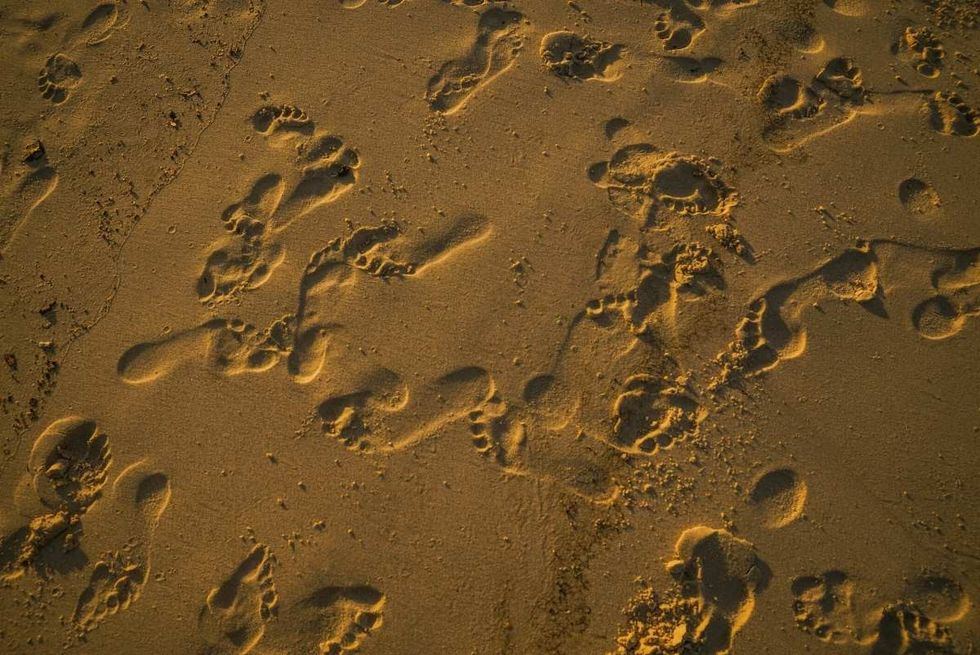
To examine these fossilized footprints, researchers employed radiocarbon dating on the seeds from an aquatic plant called “Ruppia cirrhosa.” They also analyzed tiny quartz crystals in the sediment where the early humans may have pinned their feet. “The new results are statistically indistinguishable from the seed ages,” said Jeff Pigati, a geologist at the U.S. Geological Survey and co-lead author of the study, per Scientific American. “We’ve now got three different dating techniques—radiocarbon dating of the seeds, radiocarbon dating of the pollens, and luminescence dating of the quartz—that all show people were there.”
Another USGS geologist, Kathleen Springer also affirmed that the discovery is “paradigm-shattering.” Referring to the peak of the last ice age, which occurred between 20,000 to 26,000 years ago, Springer said, “People were in New Mexico during the Last Glacial Maximum, when the massive ice sheets farther north were [impassable]—that just flies in the face of all ideas about migrations and migratory routes.” Apart from the seeds of the aquatic plant, the researchers dated a cluster of microscopic pollen grains from the sediment layers, which hadn’t grown in the lake water. “There’s pollen from pine and spruce and fir, which grow at much higher elevations today,” Springer explained, “So the flora indicates that ecosystem extended down to the valley floor 20,000 years ago.”
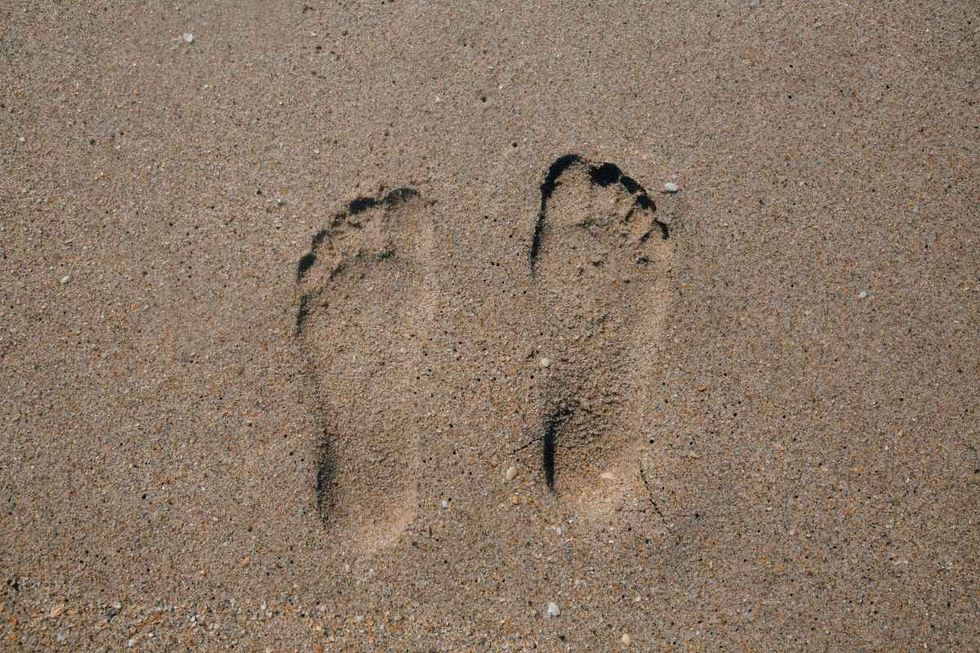
In addition to radiocarbon dating, they used a technique called “optically stimulated luminescence,” which determines when the minerals were last exposed to daylight. As per the requirement of the method, they studied the crystals in the dark by hammering tubes into buried sediments and then studying them under red light. According to Pigati, the crystals gave off an indistinguishable glow, suggesting specific frequencies of light.
Furthermore, the team dug trenches into the sandy soil to study the footprints called “ghost tracks” that appeared on the surface. Like secret scribbles, these footprints were visible only when the ground was damp. Researchers believed that this was probably due to the evaporation of water from the fossilized footprints. “There are thousands of megafaunal and human footprints at White Sands. On some days you can’t see anything, but when the moisture content is just right, they fully pop to your eye.”
Another significant highlight of this research was that the footprints of humans were found to coexist with the animals of the ice age, such as sloths, woolly mammoths, and elephants. Fascinatingly, all these revelations make the White Sands National Park come alive and unfold an ethereal picture of the ice age landscape that vanished long ago.





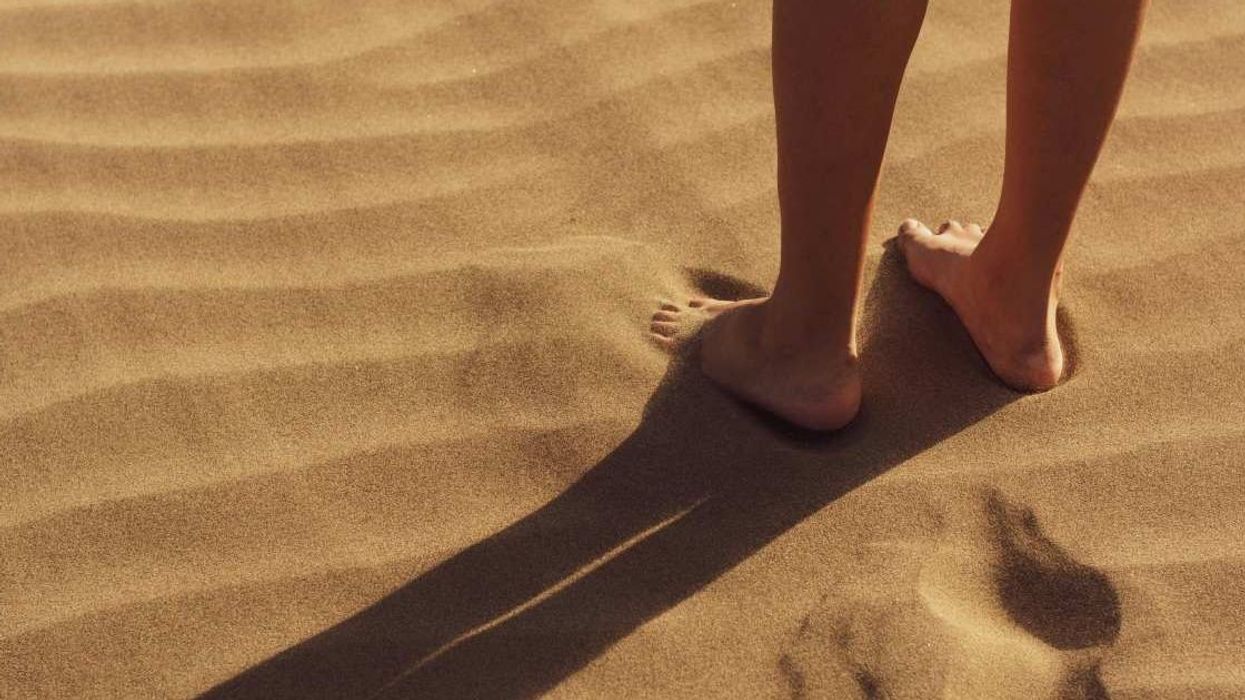











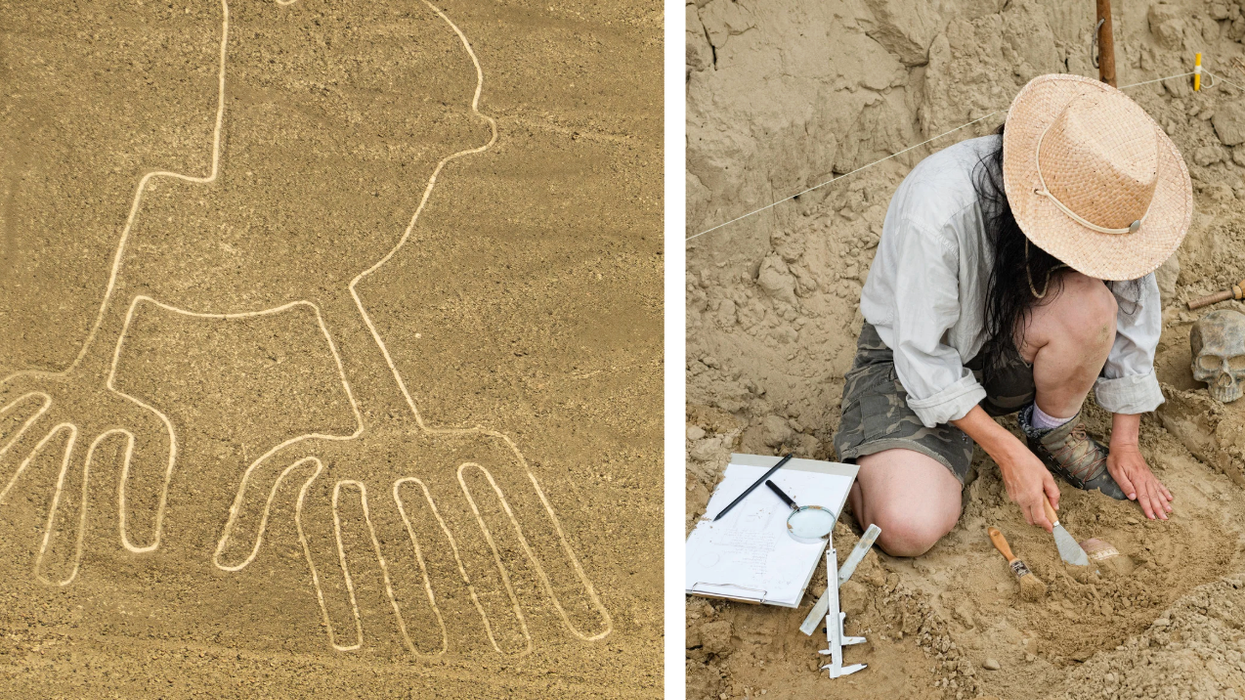

 It's difficult to imagine seeing a color and not having the word for it. Canva
It's difficult to imagine seeing a color and not having the word for it. Canva
 Sergei Krikalev in space.
Sergei Krikalev in space. 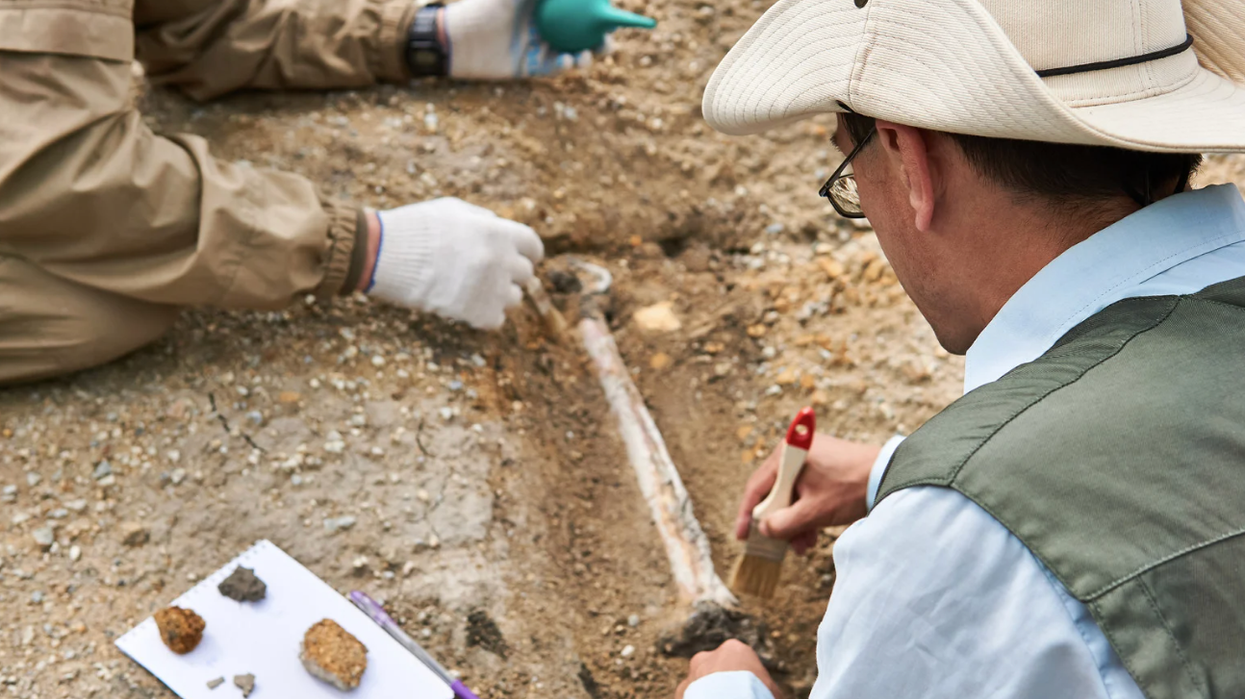


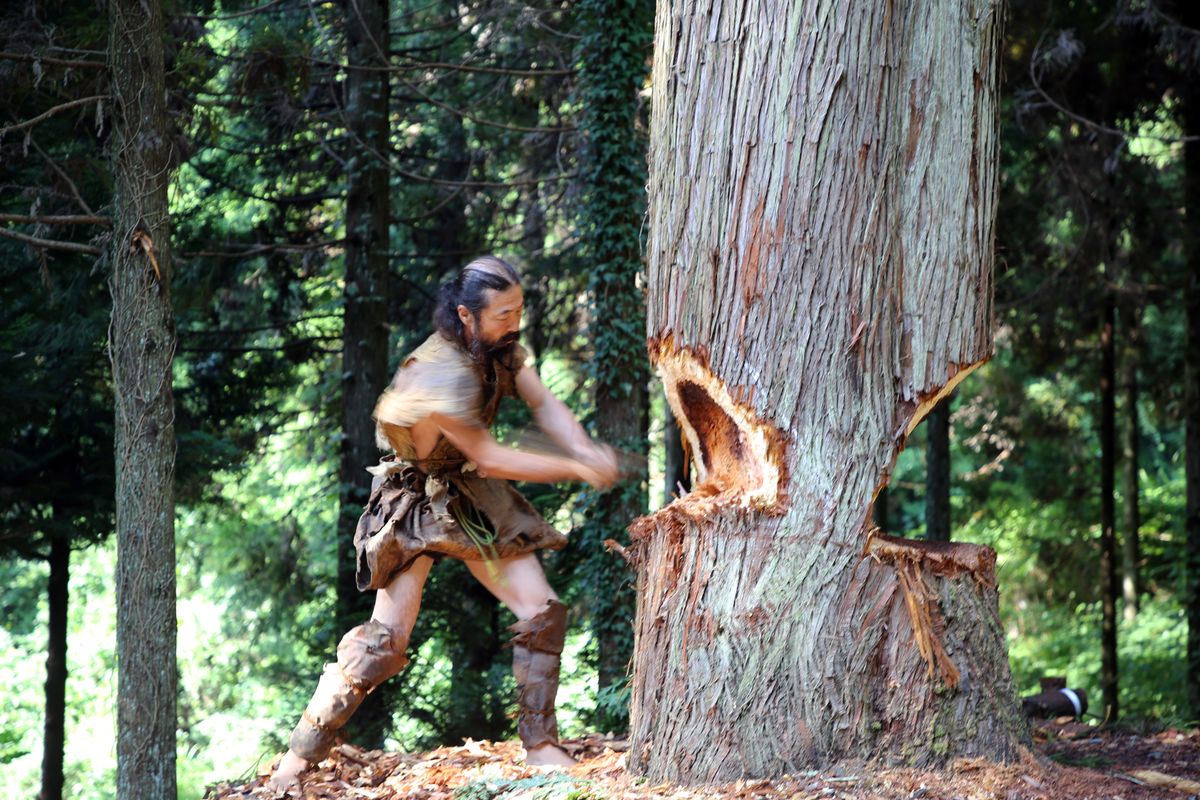 The team also crafted their canoe using ancient methods and Stone Age-style tools. National Museum of Nature and Science, Tokyo
The team also crafted their canoe using ancient methods and Stone Age-style tools. National Museum of Nature and Science, Tokyo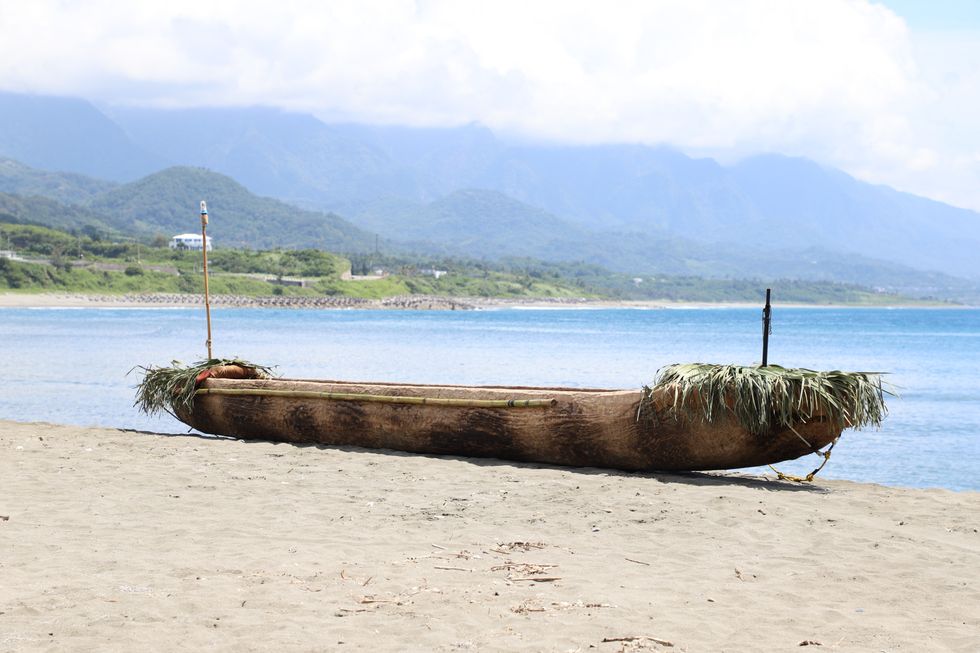 The cedar dugout canoe crafted by the scientist team. National Museum of Nature and Science, Tokyo
The cedar dugout canoe crafted by the scientist team. National Museum of Nature and Science, Tokyo
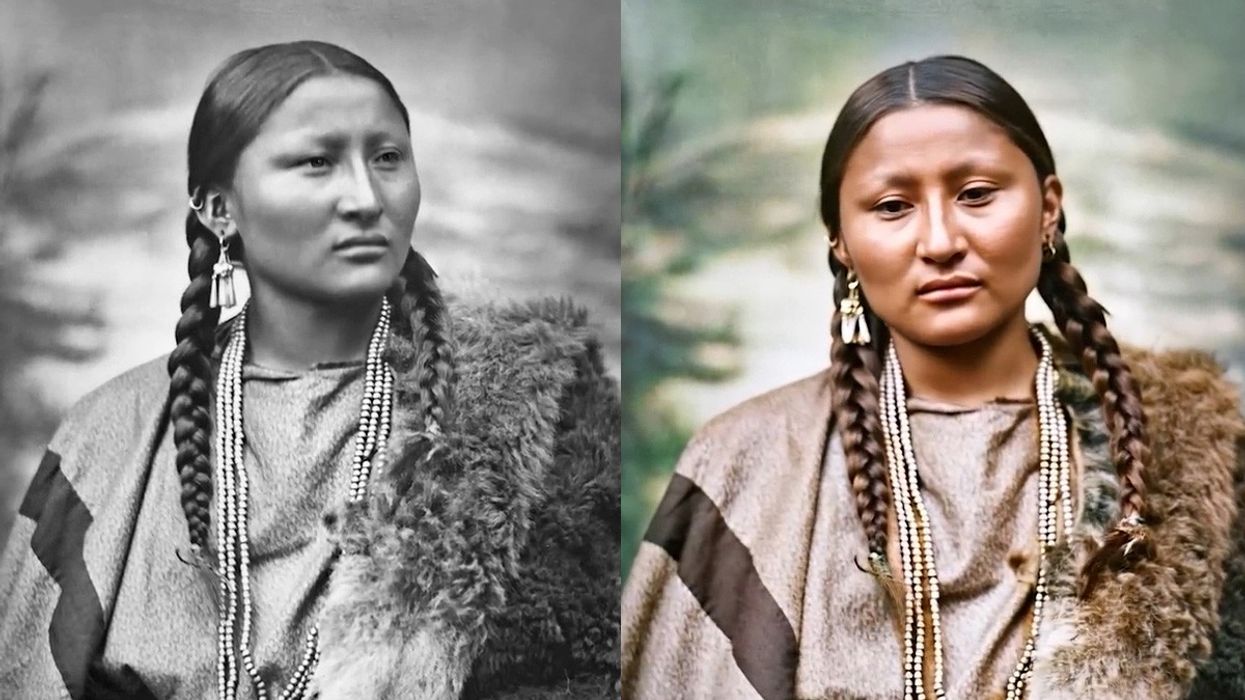
 Zitkala-Ša with her violin in 1898 colorized and animated.Taken from YouTube video with image of kelvin temperature by Tiero from Canva.
Zitkala-Ša with her violin in 1898 colorized and animated.Taken from YouTube video with image of kelvin temperature by Tiero from Canva.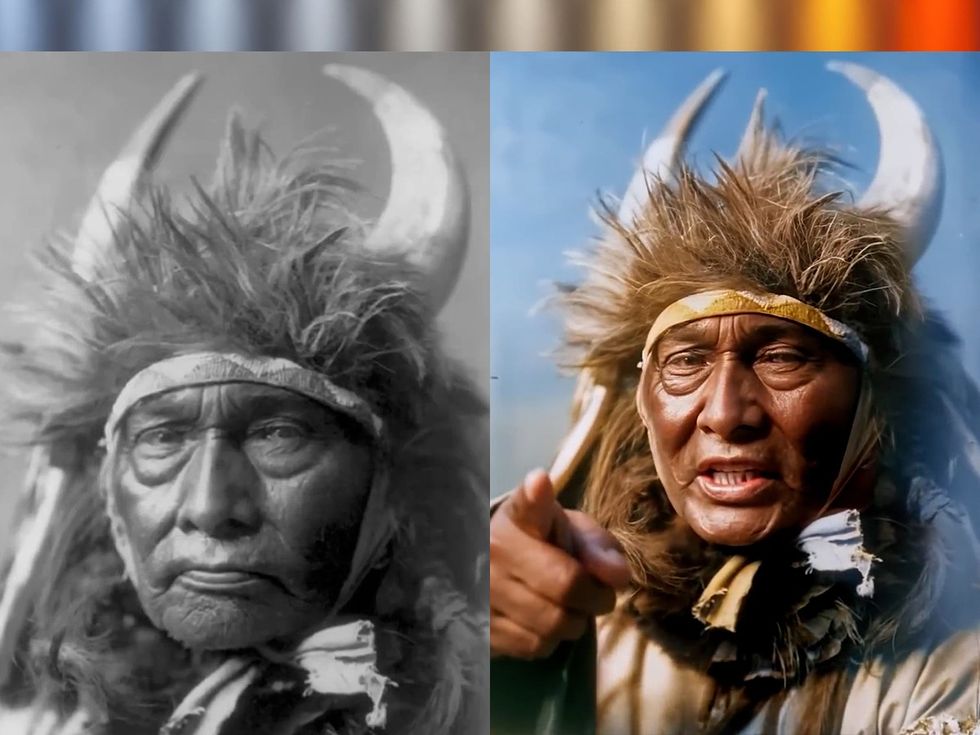 1908 photo of Bull - Chief of the Apsaroke tribe colorized and animated.Taken from YouTube video with image of kelvin temperature by Tiero from Canva.
1908 photo of Bull - Chief of the Apsaroke tribe colorized and animated.Taken from YouTube video with image of kelvin temperature by Tiero from Canva.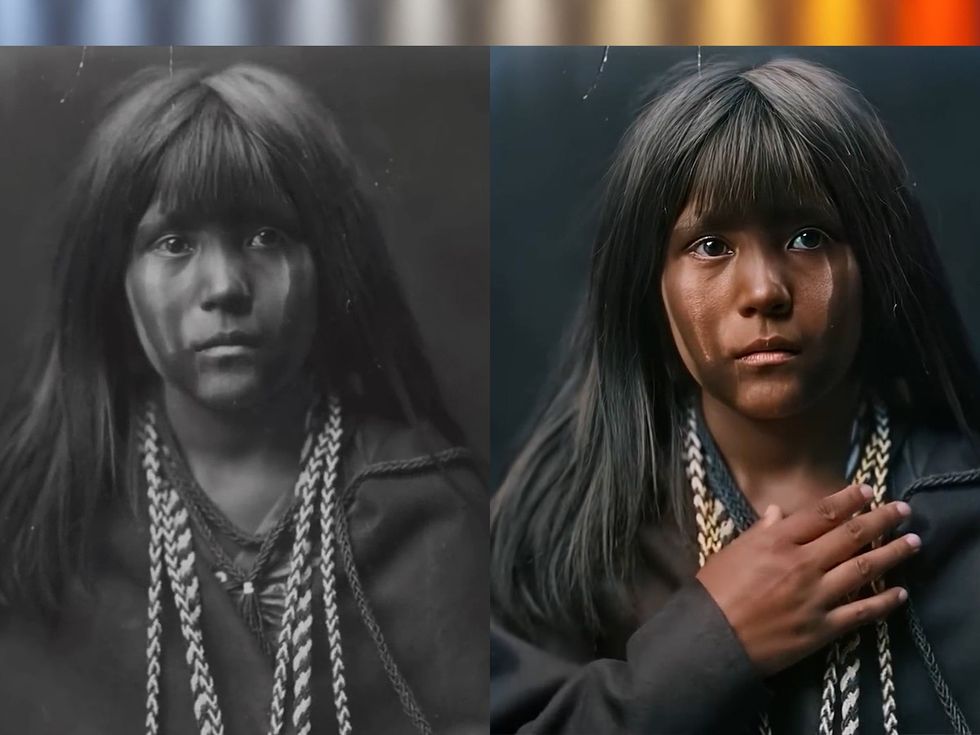 Mosa original photo from 1903 with modern colorization and reanimation.Taken from YouTube video with image of kelvin temperature by Tiero from Canva.
Mosa original photo from 1903 with modern colorization and reanimation.Taken from YouTube video with image of kelvin temperature by Tiero from Canva.